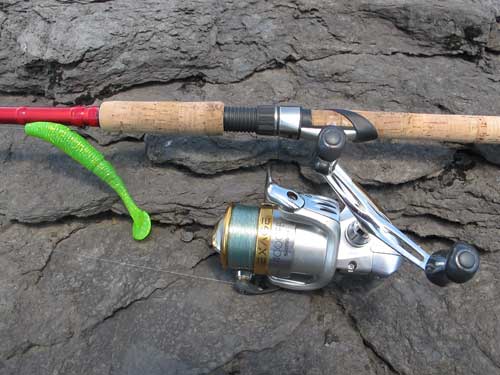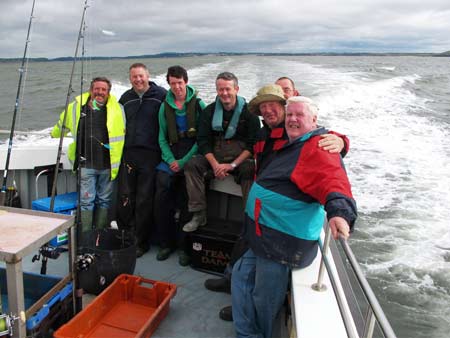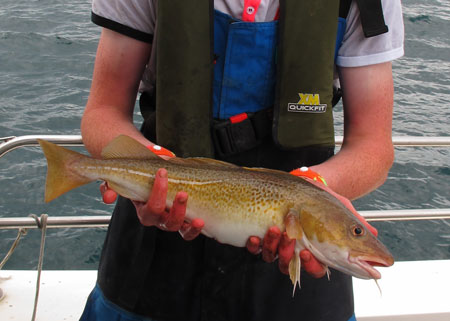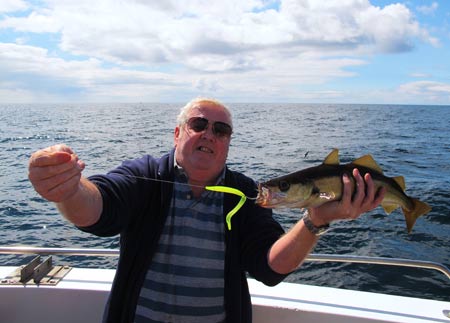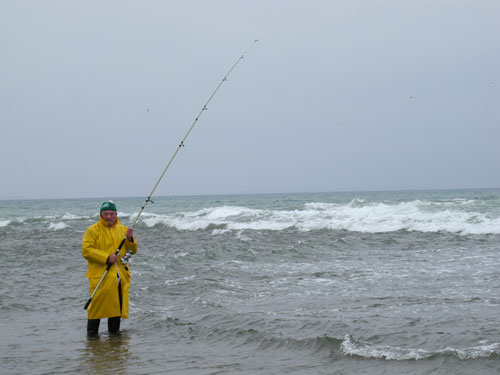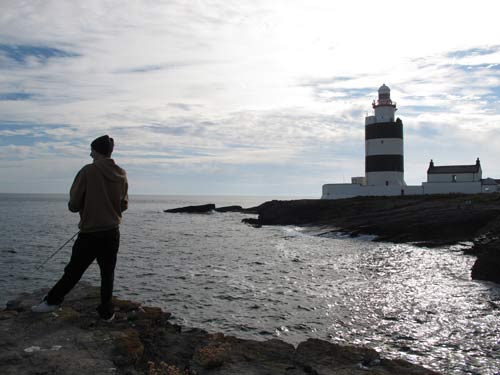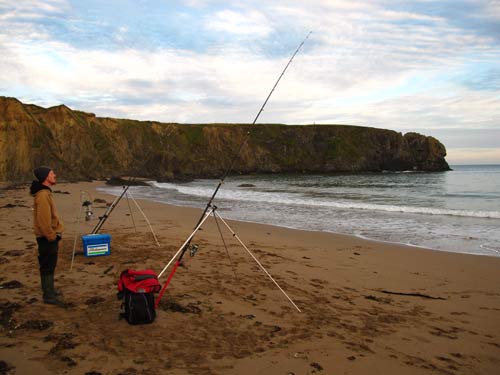Hook Head is in equal parts an interesting yet frustrating angling location, a long narrow low lying peninsular with a remote and ancient personality, comprised of three types of sedimentary rock, slate and shale to the north, old red sandstone across the center, and fossil rich carboniferous limestone creating a stepped landscape in the vicinity of the lighthouse, I have no doubt of its fishing potential but to date it continues to allude me.
Smallish pollack and wrasse (relative to the west of Ireland) are caught in the vicinity of the lighthouse, especially on the eastern (deeper) side, I’ve caught a few and seen images, but are there bigger? Mackerel visit mid to late summer especially in the vicinity of Slade harbour, while bass and mullet frequent the shallow rocky bays which punctuate both the east and west side of the peninsula. Rock platforms from the lighthouse back towards Slade are numbered for competitions, so ground fishing is obviously practiced, what is the level of success though?
Living in north county Wexford the Hook still represents a 120+ mile round trip for me, with diesel costing €1.55+ a litre the decision to travel down is not taken lightly. Yes it is fun to explore but how far can you take that concept, at some point there has to be an end result. Does the Hook look fishy or is it? I know there are whopper bass available I’ve caught one or two, but it’s hard work when your fishing window is tight and you have that distance to travel. Weather also plays a part with on occasions floating mats of weed a problem in some bays, yesterday being a case in point.
Saturday May 12th is early in the season and a month of cold north easterlies has possibly added a delay factor regarding species getting into gear, but to jelly worm for two hours over high water in various locations (regularly changing type and colour) and not get a touch. That said, I learned about the underwater topography along the eastern side close to the lighthouse, shallow (a count of twelve reaches bottom), with a stepped gradient. Maybe fishing will improve as the summer progresses, will I be out there? Diesel and distance limits, any advice gratefully accepted.


